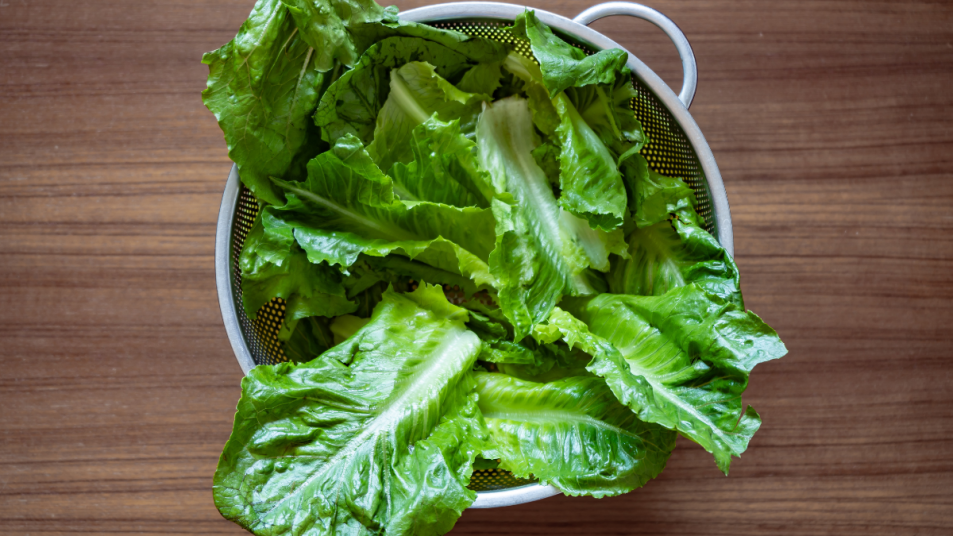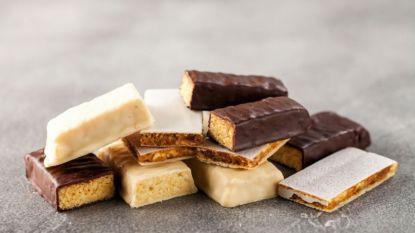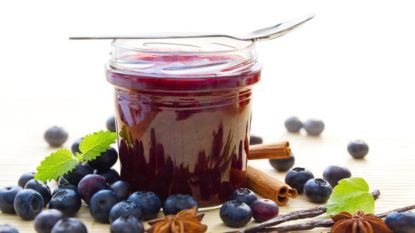What Are Those Rust-Colored Spots on My Lettuce?
Is it still safe to eat?

Lettuce is a food staple for so many people, especially in the warmer months. It’s cool and crunchy on a hot summer day, and it’s so versatile. Whether you’re including it as a base for a salad, or using it to hold together your wraps, it really comes in handy. But after you’ve brought home a head, you may have noticed rust-colored spots and rings popping up near the lettuce root or even on the leaves. What is it, and does that mean it’s gone bad?
What is that “rust” on lettuce?
The good news is that no, your lettuce isn’t completely spoiled, nor do you have to throw it out! Those red or brown spots are a sign that there may be excess moisture in whichever container you were storing your lettuce in.
While you don’t necessarily want to eat that particular part of the vegetable that looks rusty, it doesn’t mean the entire head is bad. All you have to do is take a sharp chef’s knife and cut around those discolored parts. Presto, the rest of your lettuce is as good as new!
And if you accidentally eat a rusty leaf or two, fear not. It’s not going to cause any health problems; it just may not taste the best.
How do you prevent it?
Of course, the bigger question is how to preserve your lettuce correctly so that it doesn’t start to rust in the first place. Also, how should you protect the leaves you’re saving after a chop?
The easiest way to keep your lettuce clean, crisp, and moist, is to submerge and move the leaves around in a bowl of cold water for a few minutes, then dry your lettuce out using a salad spinner. After that, cover the leaves in the spinner with damp paper towels and put them in the fridge to chill for at least 30 minutes. Lastly, store them in a sealed container for up to five days. Or, if you want to make those leaves last up to a month, try this mason jar hack!













